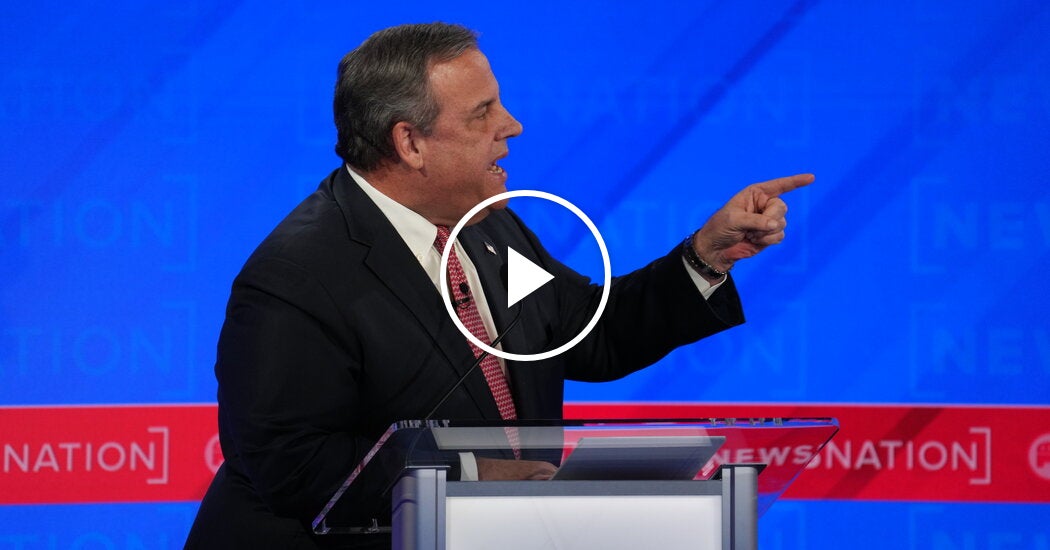Ukraine has some breathing space on military aid, but other assistance may be a greater worry.
Billions of dollars in U.S. military and economic aid have enabled Ukraine to fend off Russia’s invasion, but the future of that support is now in serious doubt.
Congress approved a stopgap deal last month to keep the federal government open, but it excluded a request from President Biden to give Ukraine another round of funding. And as the House of Representatives decides who will be its next speaker, some Republicans are digging in against sending more money to Kyiv.
Congress has approved about $113 billion in response to Russia’s full-scale invasion in February 2022. Nearly $62 billion of that has gone to the Defense Department, which uses the money allocated by Congress to contract with domestic arms manufacturers to restock the supplies it has sent to Ukraine from its own stockpiles.
If Congress doesn’t approve more aid, Ukraine has some breathing space. Under previous spending bills passed by Congress, Mr. Biden can still draw about $5.6 billion in matériel from the military’s reserves (mostly thanks to a Pentagon accounting error that overvalued aid that has already gone to Ukraine).
For context, a $500 million drawdown in June was enough to fund Bradley and Stryker vehicles, air defense munitions, artillery, multiple launch rocket systems, anti-tank weapons, anti-radiation missiles and precision aerial munitions, according to the State Department.
An additional $32.5 billion of the total has been allocated to the U.S. Agency for International Development. That money, channeled through the World Bank, has enabled Kyiv to fund things like pensions, schools and other basic services during the economic stress of wartime.
This kind of aid might be a greater worry. It is unclear whether the Biden administration has any remaining funds to tap to support Ukraine’s federal budget and to meet the needs of the country’s millions of refugees. The U.S. Agency for International Development did not respond to a request for comment.
U.S. and European officials say Europe could make up some slack, particularly for economic and humanitarian needs, if American aid dries up entirely.
The question of how to secure more aid is one White House aides have been wrestling with. Mr. Biden has been pursuing an incremental approach, asking Congress for $24 billion to last Ukraine through the next few months, in the hopes that would be a more palatable option for lawmakers.
Lawmakers are also divided over whether emergency military support requested to aid Israel for its war against Hamas should be tied to additional support for Ukraine.
It is not clear whether the broad support on Capitol Hill for aiding Israel’s war effort might help break the logjam over sending more military supplies to Ukraine, or simply complicate the heavily politicized negotiations.


